1800's
1800 - French fur traders name the town of Eau Galle, meaning “Muddy Water”.
1850 - The Carson and Rand Lumber yard, which will become the future home of Eau Galle Cheese, is constructed in Eau Galle.
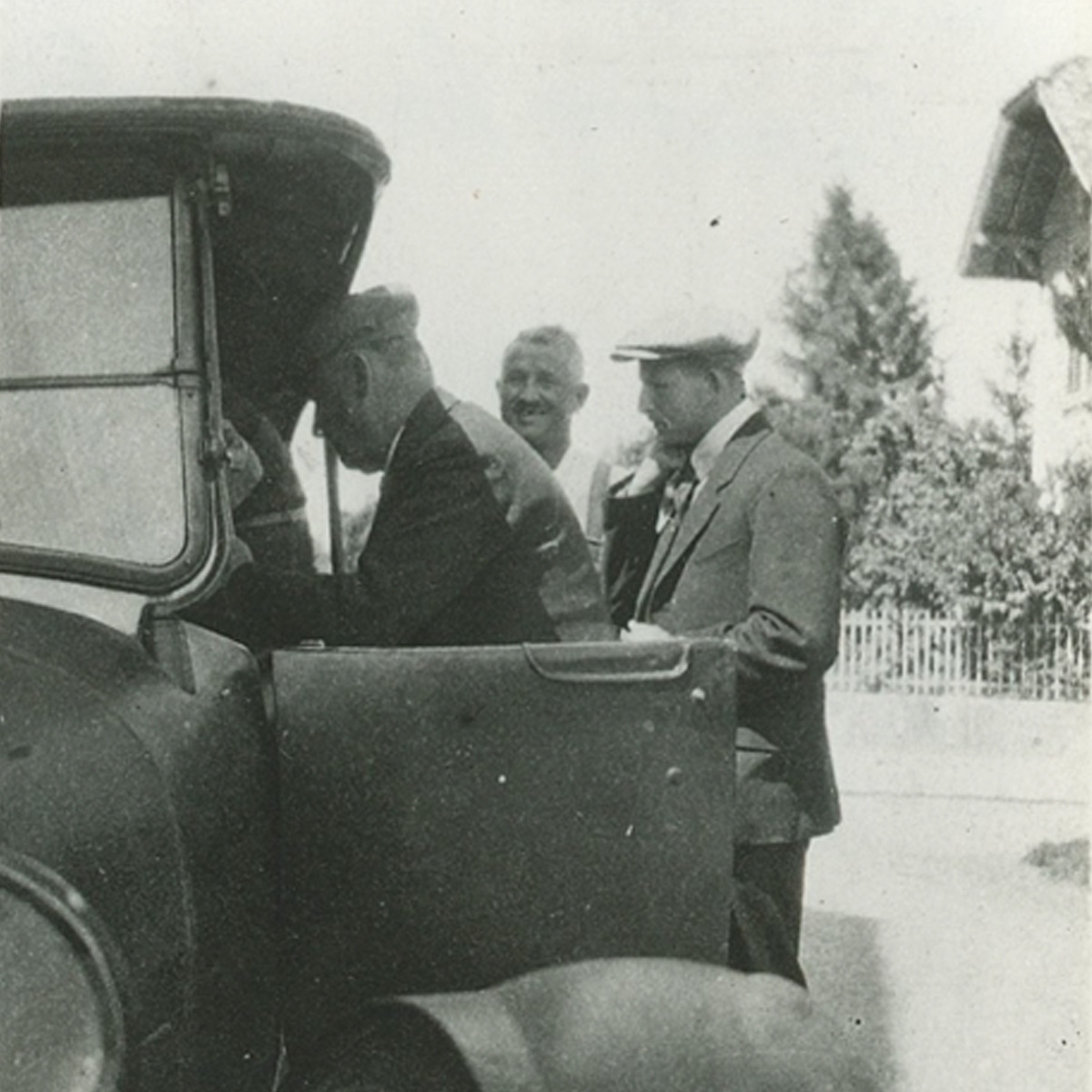
1800 - French fur traders name the town of Eau Galle, meaning “Muddy Water”.
1850 - The Carson and Rand Lumber yard, which will become the future home of Eau Galle Cheese, is constructed in Eau Galle.
1920 – Leo Buhlman leaves his home in Eschenbach, Switzerland, and travels to Schonolzerwilen, Switzerland to apprentice as a cheesemaker. It is here that he meets and falls in love with Bertha Zwahlen who was already working at the cheese factory
1922 – With a maximum score, Leo passes his Master Cheesemaker Exam on November 26.
1926 – Because of religious differences, Leo and Bertha are not allowed to marry. Brokenhearted, Leo answers an ad in a Swiss newspaper looking for a cheesemaker to travel to the United States – where he heard everything was bigger and better.
1927 – Leo travels to Cherbourg, France, where he boards the S.S. Majestic on July 27, 1927. After a weeklong journey, he arrives at the port of New York/Ellis Island on August 2, 1927. He is lucky passenger number 7!
1928 – Leo wins his first award for his Swiss Cheese at the National Dairy Exposition in Memphis, Tennessee.
1929 – Early in the year, Leo receives the great news that Bertha Zwahlen has convinced her father that she will never be happy without Leo. On August 14th, Bertha boards the S.S. Majestic. She is also lucky passenger number 7!
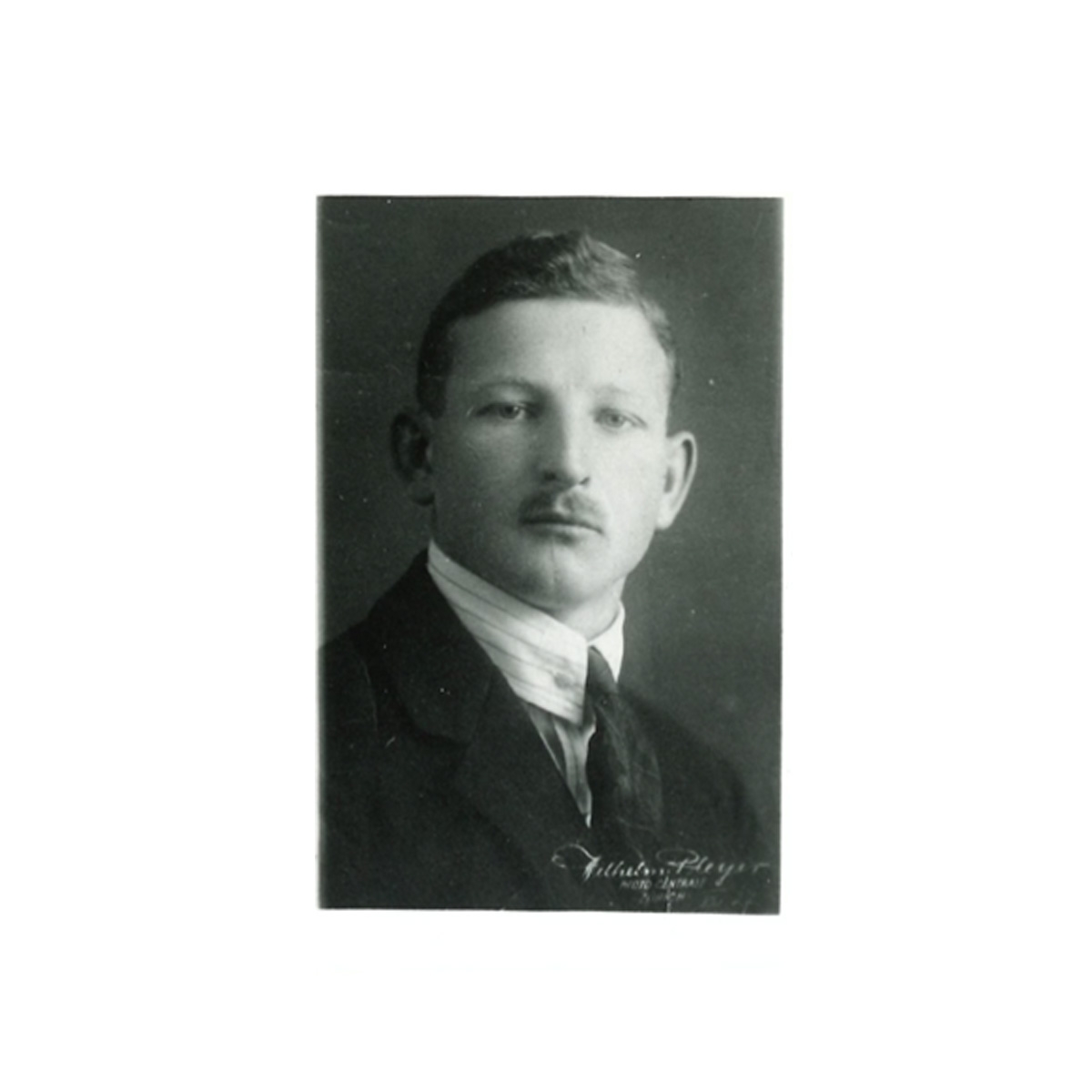
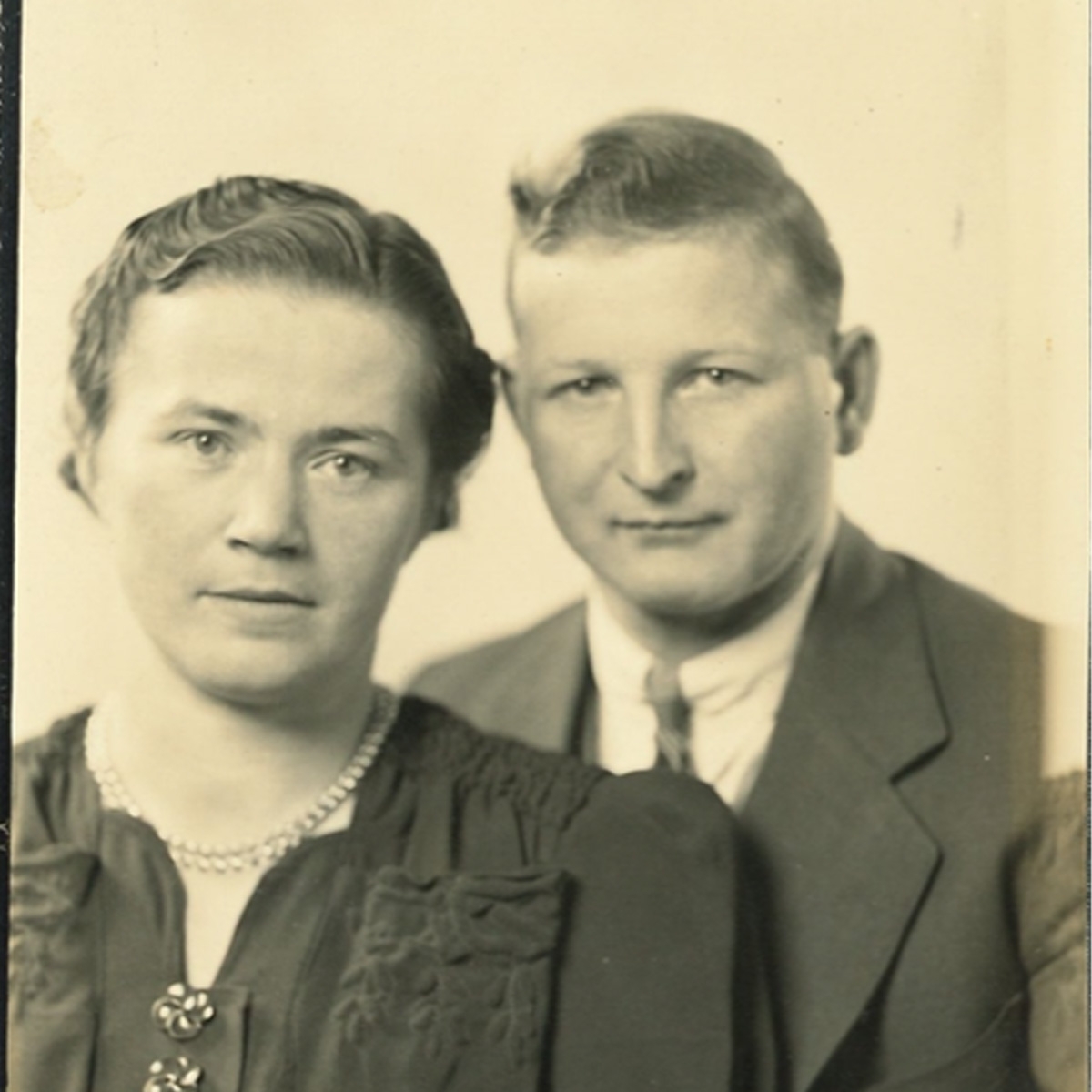
1930 – Leo and Bertha are married on December 15th.
1931 – In June, Leo rents Central Cheese in Rice Lake for $25 per month. He must pay the farmers, furnish his own equipment, wood, and supplies, and keep the factory in the same condition as when he rented it. This agreement lasts until April 1933.
1933 – After his rental agreement ends, Leo is hired at the Central Cheese Factory to begin producing Swiss and Brick cheese. He makes cheese for Central Cheese for 6 years.
1940 – Leo and Bertha purchase a plant in Fairchild. The uninsured plant burns to the ground. Leo and Bertha return to the Barron/Rice Lake area where they work in several cheese plants.
1944 – Leo hears from his mother-in-law, Katherine Zwalen, and brother-in-law, Hans Zwalen, that the Eau Galle Cheese Factory is closing.
1945 – Leo and Bertha purchase the Eau Galle Cheese Factory. They get the plant back in operation, processing 180 Lb. Swiss wheels. After their third child is born, they move from Rice Lake to Eau Galle.
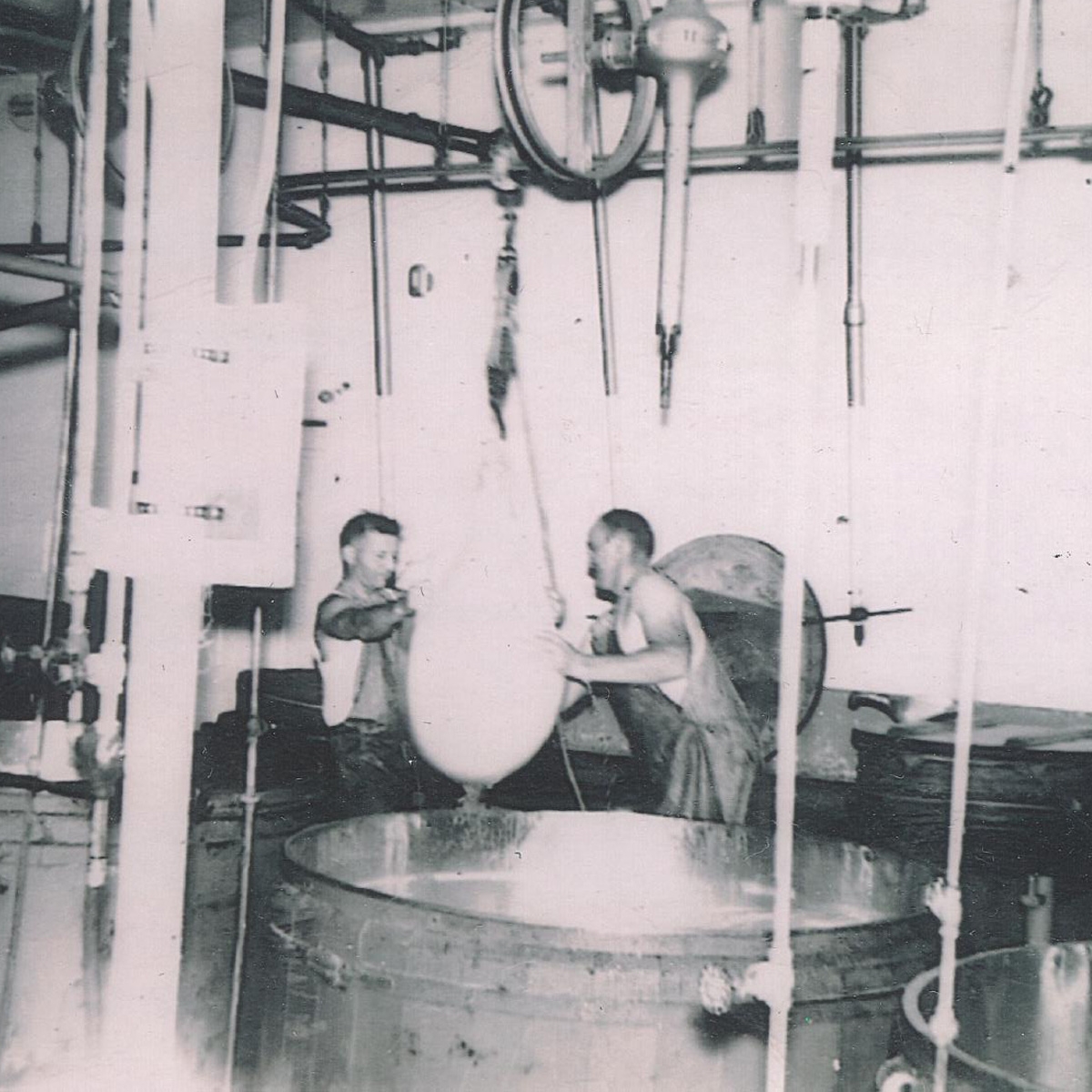
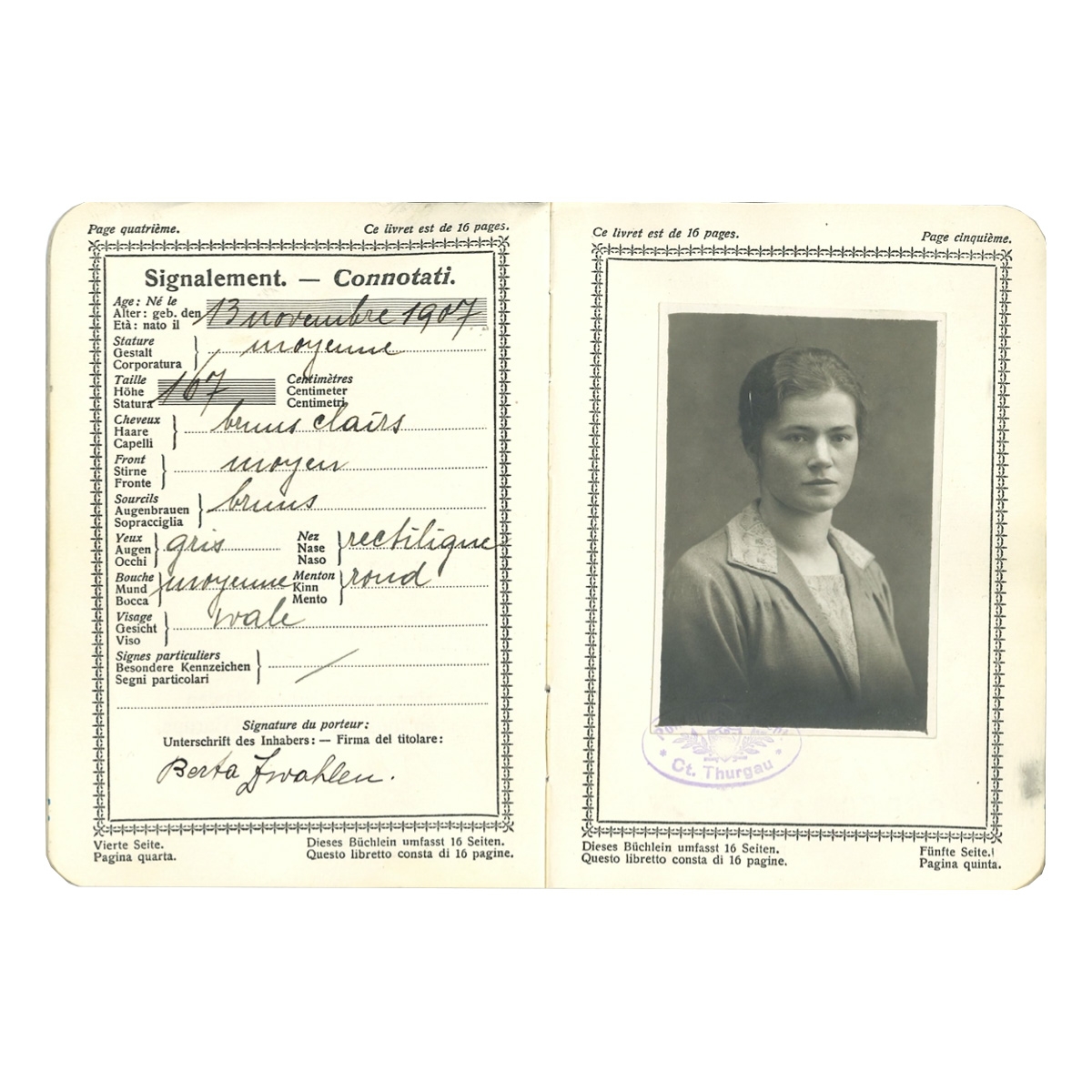
1957 – Leo and Bertha return to Switzerland for the first time in over 30 years with their three young children (Johnny, Rosemarie and Bethli).
1960 – Leo stops making Swiss cheese due to increased competition from substantial imports. Eau Galle Cheese begins to make Italian cheeses.
1965 – Leo’s son, John, purchases the cheese factory and takes over management. Under his management, updates are made, and silos are installed. For the first time, it is only necessary for the plant to operate 6 days per week instead of the usual 7 days per week!
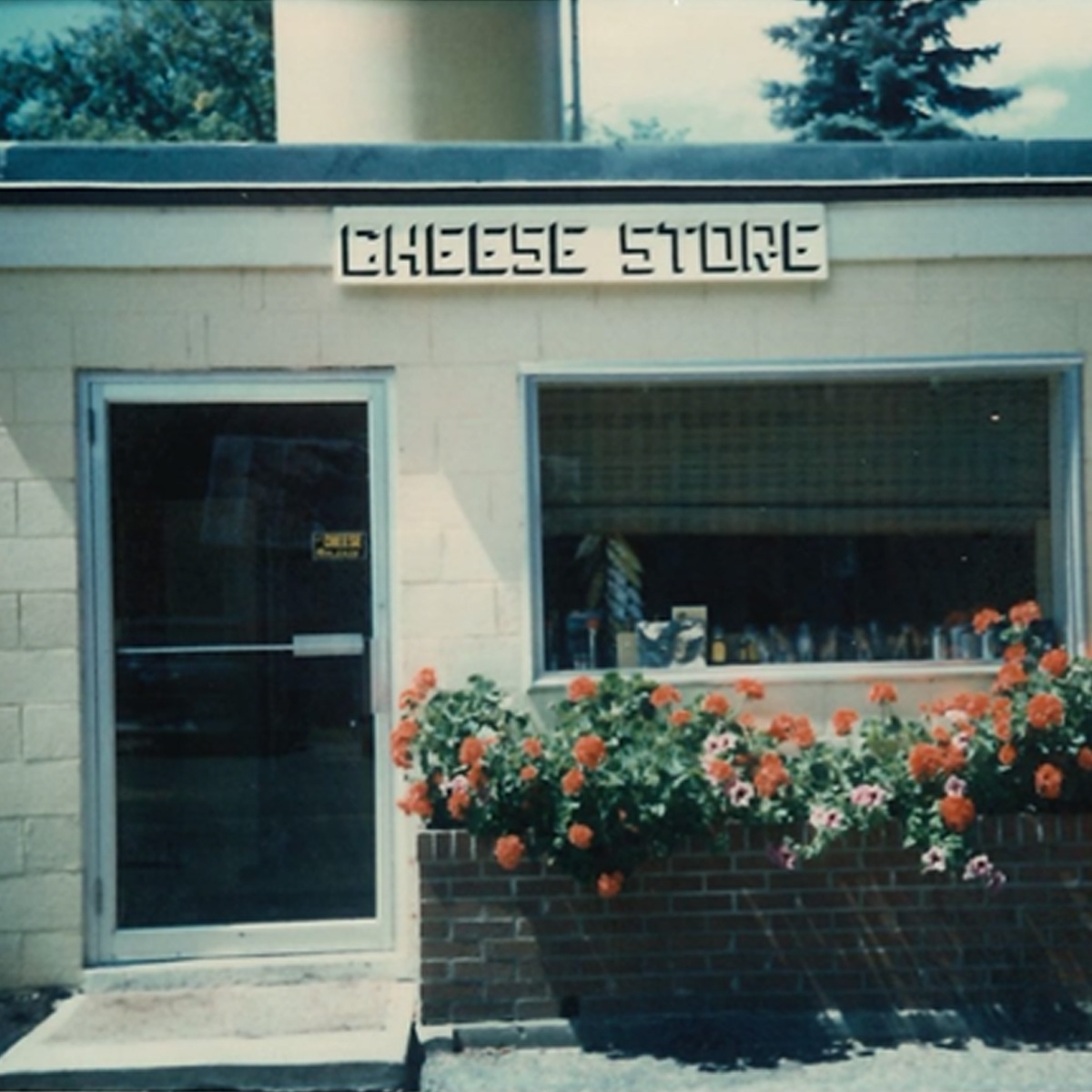
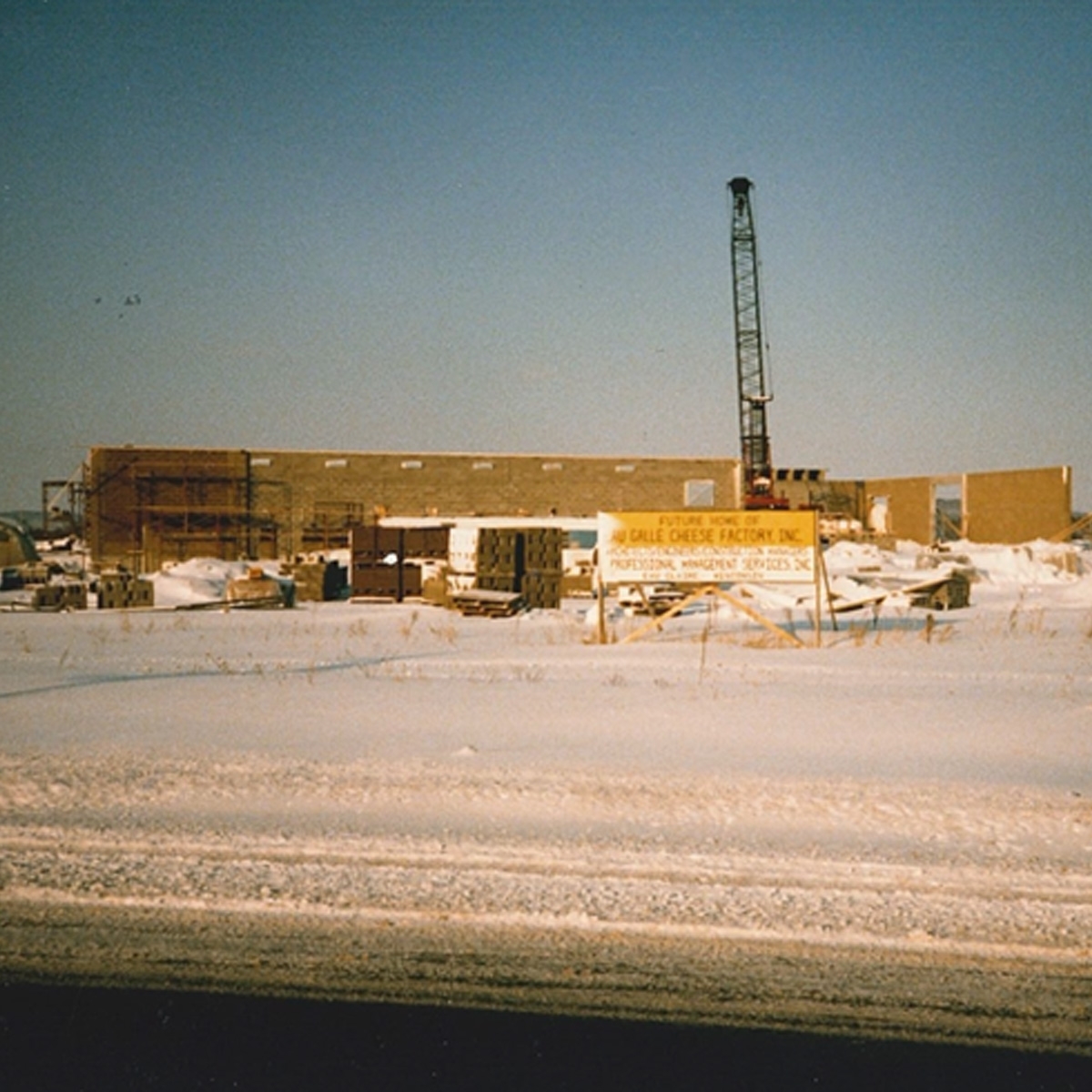
1982 – In the first ever United States Championship Cheese contest, Leo earns a 3rd Place ribbon for his Parmesan entry.
1985 – On September 23, construction begins on the current Eau Galle Cheese location, four miles outside the village of Eau Galle.
1986 – Construction on the new cheese plant is complete on June 1. Production of Italian cheeses begins at the new location. Leo, now 85 years old, is still working on double canes – still seven days a week, twelve hours a day for him!
1989 – In the May issue of McCall’s magazine, an article notes the high quality of both the Romano and Parmesan that Eau Galle Cheese produces. Peter Beattie, a buyer for New York’s Fairway Market, notes that the Parmesan is “the best in the U.S."
1993 – At the age of 91, Leo passes away from complications of a stroke.
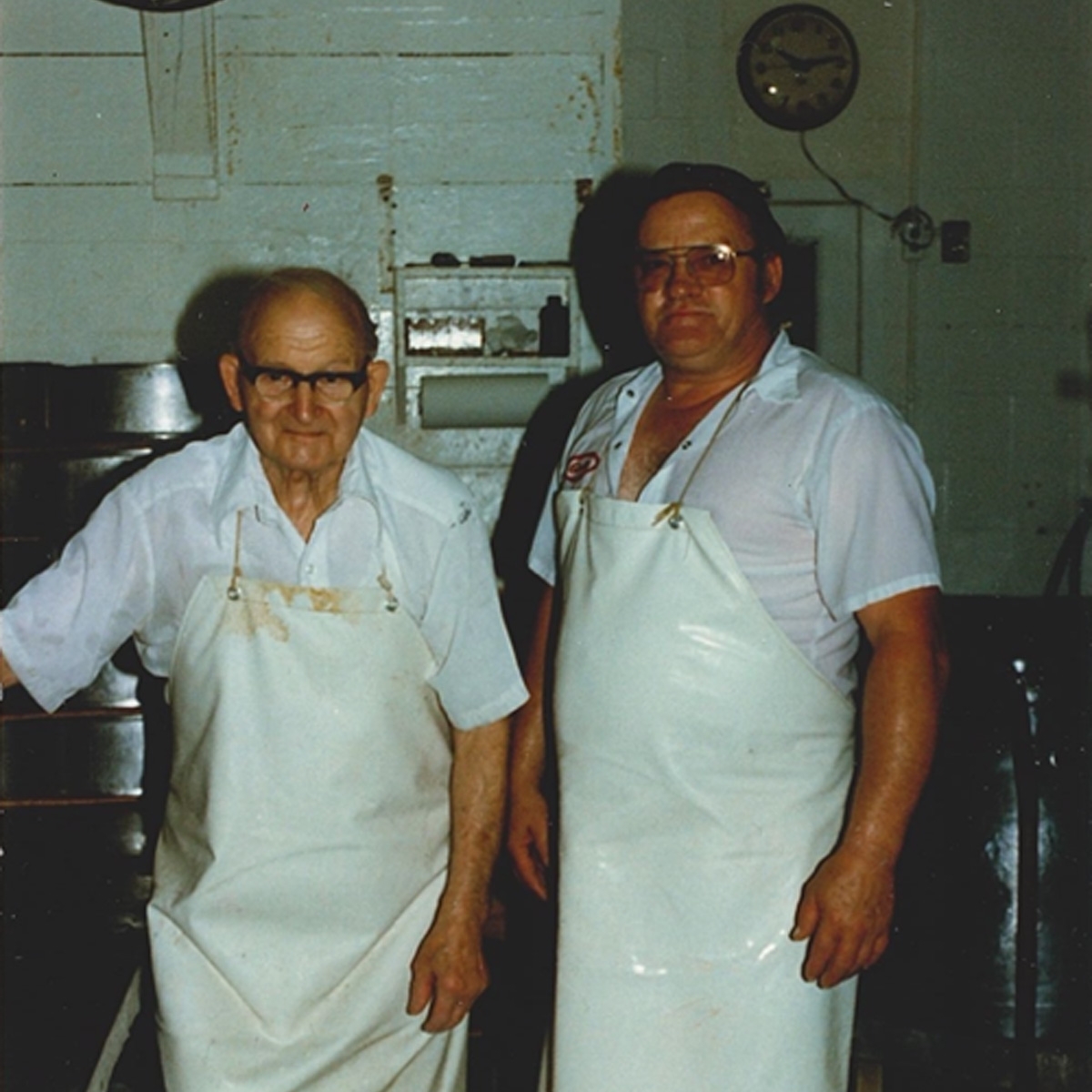
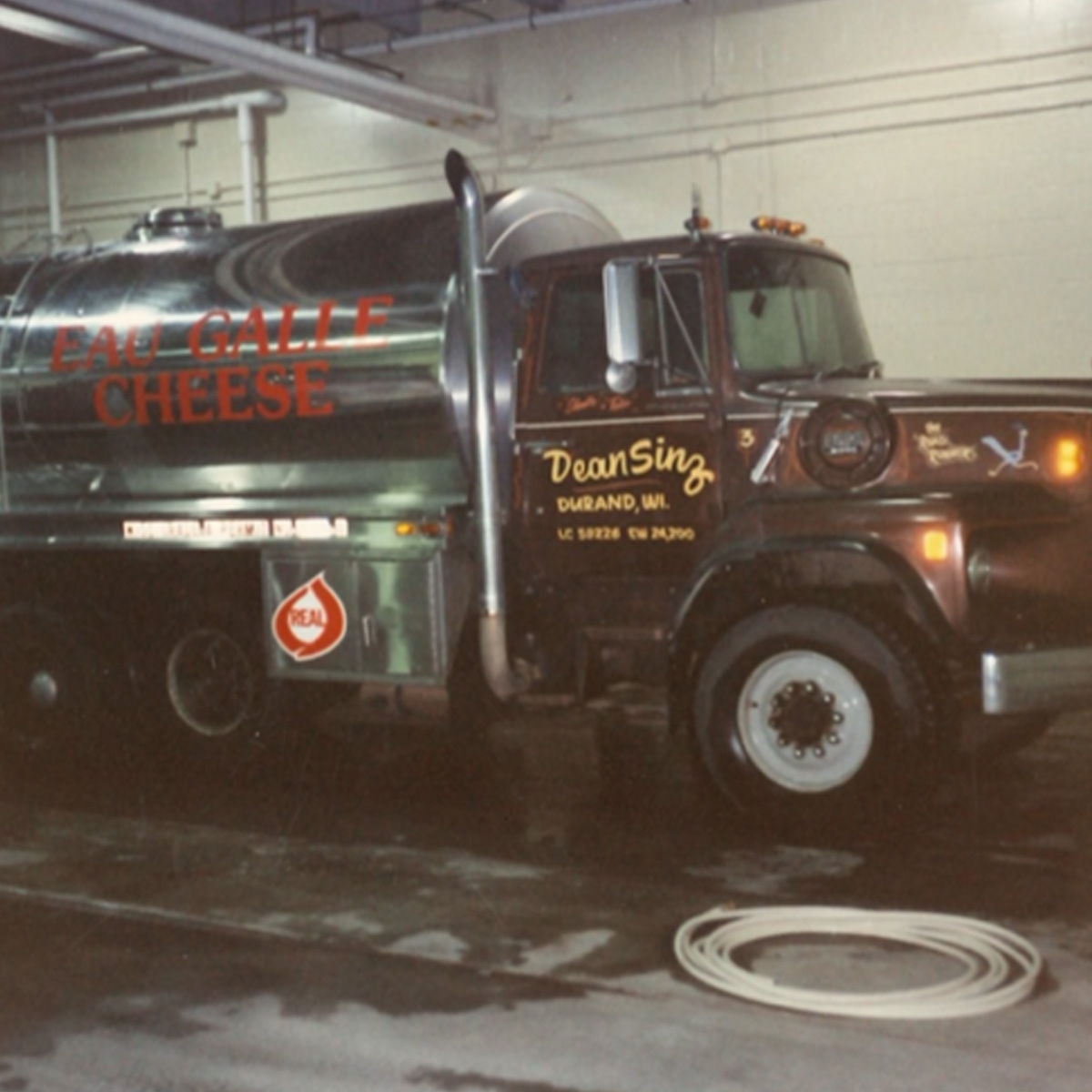
2005 - In 2005, once again, the factory underwent measures to improve its facility and added all new automated equipment. The Plant also was certified in 2005 for Organic production of hard Italian cheeses.
2006 – In December, The Today Show features a gift box of Eau Galle’s fine crafted cheeses on their nationally broadcast morning show. This feature story creates much interest in Eau Galle’s Italian cheese and generates many new customers.
2008 – A new curing facility is built on the current location of Eau Galle Cheese. This new building, with a strictly monitored temperature and humidity system, allows for the on-sight drying of cheese.
2011 – An addition is built on the curing facility to provide even further room for cheese drying.
2019 – A state-of-the-art brine room is added to the existing plant. This new brine room replaces the original cheese brining room, which is repurposed for other plant use.
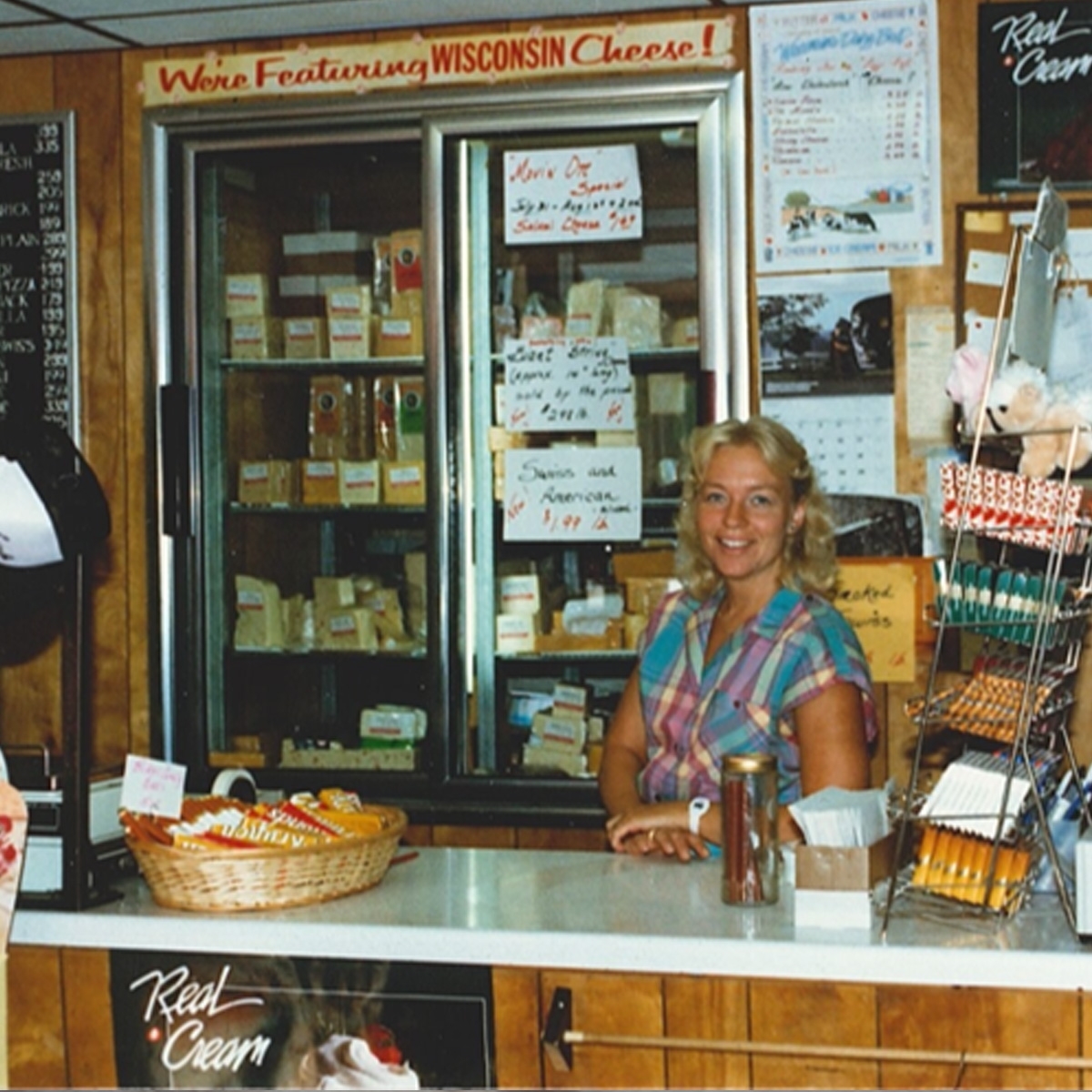
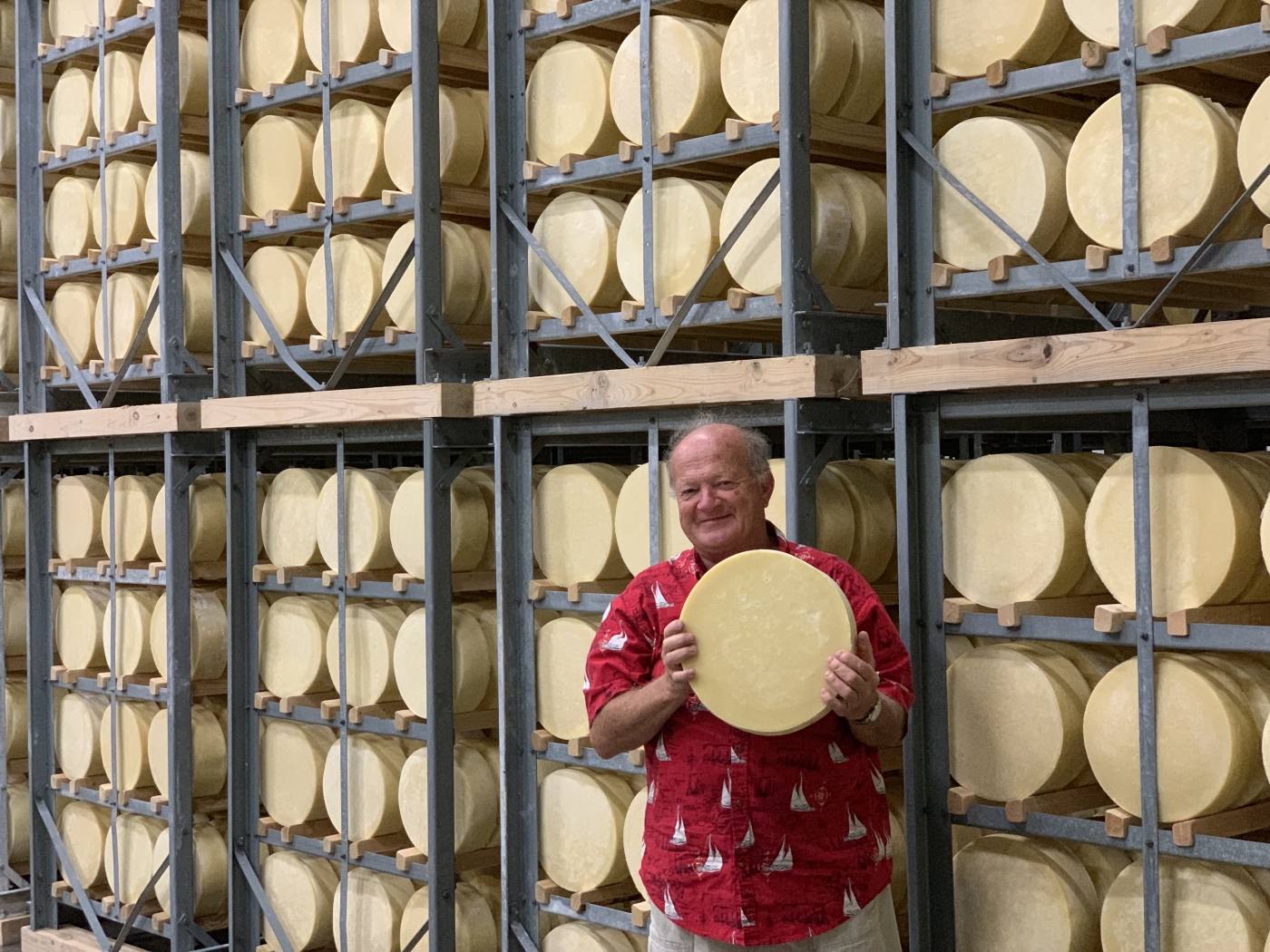
2020 – The first “drive-through” June Dairy Breakfast was held onsite, serving over 1,100 vehicles.
2021 - Steve graduated from the 3-year program to become a Master Cheesemaker of Parmesan and Romano.
Steve is elected President of the Wisconsin Cheese Makers Association.
Proudly partnered with Greco & Sons Inc. maintaining dual ownership.
2023 – John was presented with a Lifetime Membership Award from the Central Wisconsin Cheesemaker’s & Buttermaker’s Association.
2024 – Began manufacturing Fontina Cheese and Creamy Formaggio with first major volumes going into Costco Foods.
2025 – Construction begins on a new wastewater treatment plant.
State-of-the-art cheese processing equipment is being fabricated and will be installed to replace existing equipment which has been in operation since 2005.